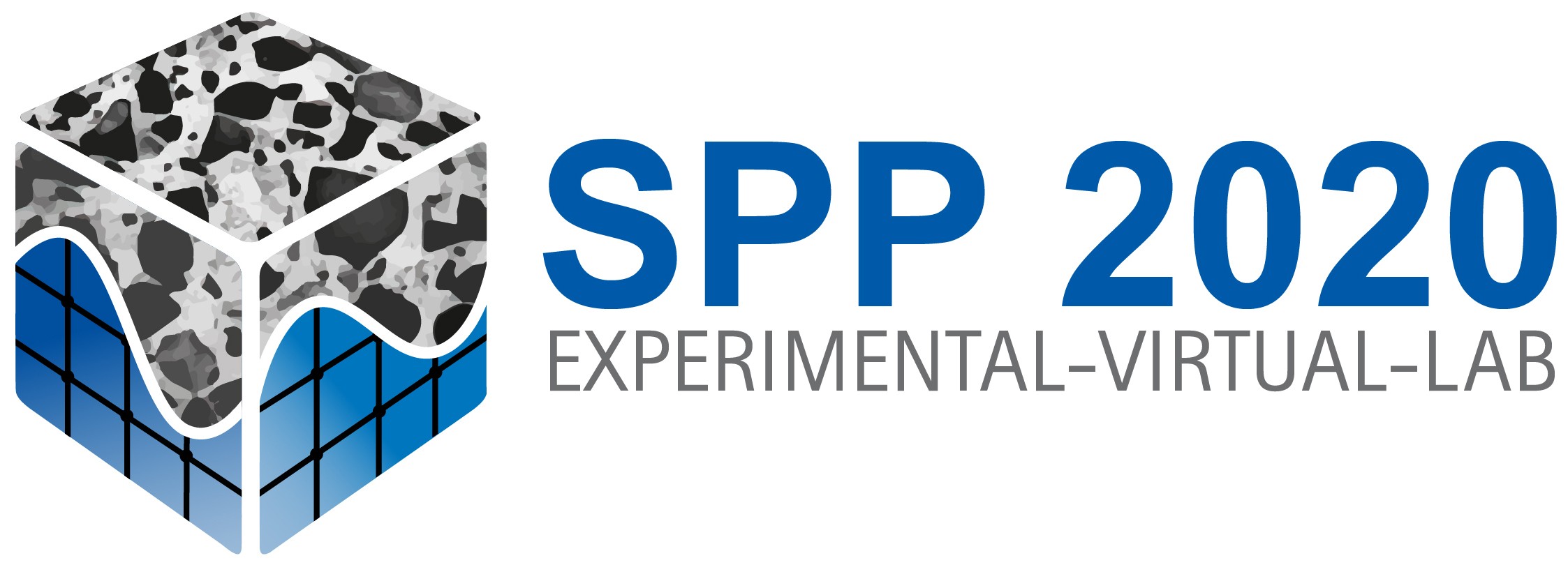The expansion of offshore wind energy systems is causing the number of concrete structures which experience loading cycles in excess of several 10^8 while constantly interacting with water to increase. During the first funding period (FP I) a water-induced “saturation damage” (occurring during load decrease) was unmistakeably distinguished from an atmospheric fatigue damage mechanism (above average load) by acoustic emission measurements (Lohaus). Additionally, it was demonstrated by way of NMR-investigations that damage effects correlate with water relocations within the nano-porous system of the hardened cement paste (Haist). Own numerical developments also clearly demonstrated the difference in the degradation behaviour between dry and saturated concrete in the meantime (Wriggers/Aldakheel).
In spite of these advancements a detailed understanding of the underlying mechanisms is still lacking. The effects to be described occur at such minute scales that further investigations in the experimental and numerical portions are being more strongly oriented towards measurement of nanoscopic effects. The modelling of failure mechanisms must be further refined in order to account for the complex properties of the microstructure, such as the creation, the growth and the coalescence of pores.
The objective of FP II is to quantify, better comprehend, describe and model the mechanism of “saturation damaging” during fatigue failure of concrete, building on the modelling approaches developed during FP I. For this purpose, the different types of fatigue damage in “dry” and “moist” conditions must first be differentiated from one another using the analysis of acoustic emission occurrences. Further the influencing parameters such as loading frequency or damage existing prior to loading must be quantified. In order to better understand the mechanisms at work, water redistribution processes within the pore system on the nanoscopic and microscopic scales will be investigated and resulting microstructural damages and changes in the mechanical properties of the hardened cement paste and mortar will be detected, which may then be translated into a simplified analytical engineering model.
Finally, damage processes occurring at nanoscopic scale are to be modelled at the microstructural level by way of adequate homogenisation techniques. This model is intended also to portray the damage evolution with help of cycle-jump-techniques, so that finally the water-induced fatigue damage of concrete may be completely numerically depicted and predicted.With the developed methods the description of the degradation behaviour of fatigue loaded high-performance concrete under water on the basis of microstructural parameters will become possible for the first time in the Experimental-Virtual-Lab.
